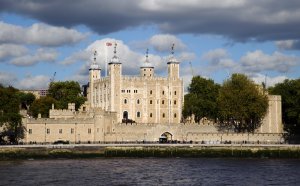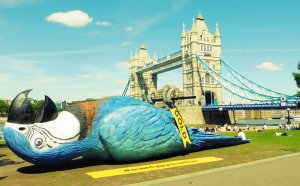
Facts about the Crown Jewels
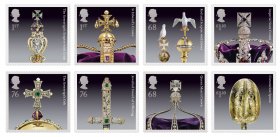 The Crown Jewels. For centuries they have taken on a meaning of immeasurable wealth and high importance. We liken the things that matter most in our lives to these symbols of British royal power (including, for us blokes, a very special area indeed). If you have a chance, you can go have a look at them at the Tower of London, where they’ve been on display to the public since the 17th Century, while visitors get to see them, there is so much that they don’t know.
The Crown Jewels. For centuries they have taken on a meaning of immeasurable wealth and high importance. We liken the things that matter most in our lives to these symbols of British royal power (including, for us blokes, a very special area indeed). If you have a chance, you can go have a look at them at the Tower of London, where they’ve been on display to the public since the 17th Century, while visitors get to see them, there is so much that they don’t know.
Not Just Jewels
It’s not just the crown and a few rings and necklaces that comprise the Crown Jewels. Orbs, sceptres (either with the cross or the dove), swords, spurs, the Colobium sidonus (a white shift worn by the monarchs), the royal robes, and all other regalia related to the coronation ceremony.
For Let
Until the time of Queen Victoria, it was normal for the jewels themselves to be rented from the crown jeweler solely for the coronation. The jeweler charged 4% of their value as the fee.
And I’m Taking It with Me
When King Edward VIII abdicated to marry divorcee and socialite Wallis Simpson in 1937, he took the Prince of Wales Crown with him. It returned to the Jewel House at the Tower of London on his death in 1972.
We Need a New One
After the defeat and execution of King Charles I, Cromwell and his Parliamentarians had Charles’ crown melted down and made into coins to pay their army. When it came time for King Charles II’s coronation in 1661, St. Edward’s crown was used. However, Queen Victoria and King Edward VII couldn’t use it because it was too heavy for them and opted to wear the Imperial State Crown instead.
Diamonds the Size of Africa
The Crown Jewels contain three of the most famous diamonds in the world. The first is the Cullinan I diamond also known as the “Great Star of Africa” and was actually cut from the biggest diamond ever found at the time and is 530.20 carats. It is mounted in the sceptre. Cullinan II sits in the Imperial State Crown and weighs 317 carats. The third is the Koh-I-Noor diamond which is 105.6 carats and sat in the crown of Elizabeth, the Queen Mother.
Let Him Go
In 1671, Colonel Thomas Blood and three accomplices attempted to steal the Crown Jewels. They were granted entry by the 77-year-old Deputy Keeper of the Crown Jewels, Talbot Edwards, by posing as preachers. Once inside with the jewels, they tossed a bag over Edwards’ head and stabbed him to death. They were able to nick St. Edward’s Crown and the Sceptre before they were discovered. Eventually, they were all captured and Blood refused to talk until he was granted an audience with King Charles II. After the audience, he was inexplicably released, given a Royal pardon, and a pension! No one has ever known why, though it was speculated that Charles himself commissioned the theft because he was short on money.
Maybe Too(th) Heavy
King William IV’s coronation crown was so heavy it gave him a toothache. Rather than wear a different crown or have it lightened, William opted to have the tooth removed instead. Talk about suffering for your bling.
Come Back Later
If the Imperial State Crown is used for a coronation or the yearly opening of Parliament, it is replaced at the Jewel House with a simple sign that says “In Use”.
The Keeper
The first Keeper of the Crown Jewels was appointed in 1207 and the title has varied over the centuries. Over time, the Keeper of the Jewel House became more of a ceremonial position and had less and less to do with the day-to-day functions of Jewel House. The current Keeper is Colonel Richard Harrold, OBE, who was appointed in 2011.
Video on topic: Facts about the Crown Jewels
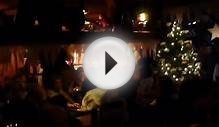
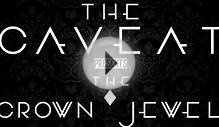
Share this Post
Related posts
Facts about The Tower of London
Reference: The Tower of London is a 900-year-old castle and fortress in central London that is notable for housing the crown…
Read MoreVisiting the Crown Jewels
Hide and Seek River The Amargosa River is over 175 miles long and often is called the “hide and seek” river because of its…
Read More
